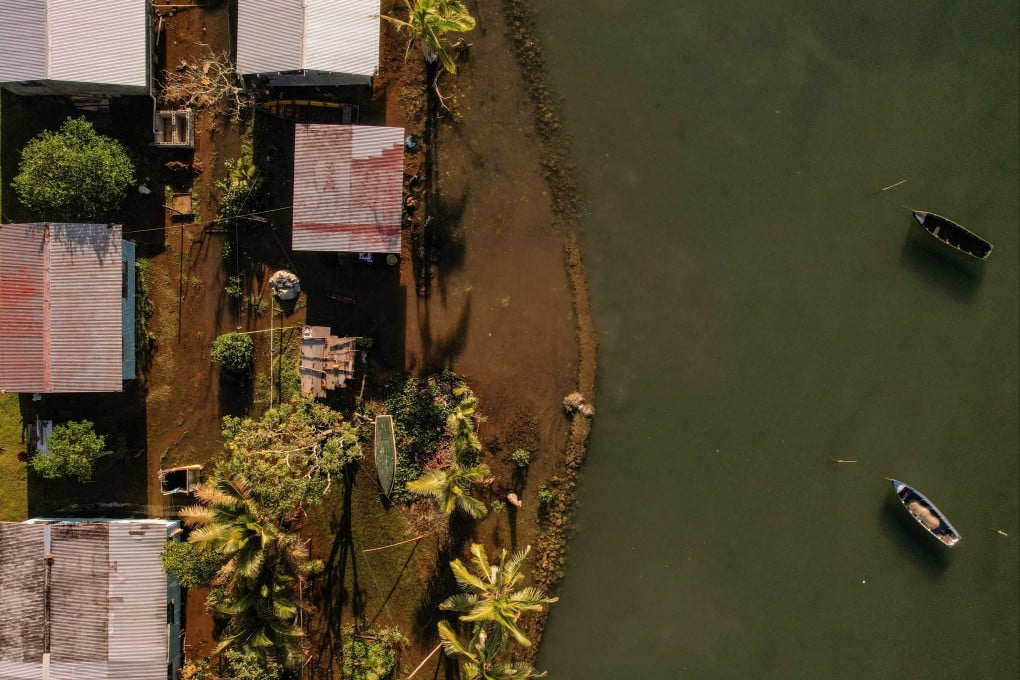Opinion | How the US can reset ties with Pacific Island nations drifting towards China
- Pacific Island countries lack basic infrastructure, and whatever they have developed is threatened by rising sea levels due to climate change
- China, by offering investments rather than aid, is only filling the vacuum left by the US and its regional allies

The summit appears to be a show of episodic attention, rudderless and subject to strategic drift. Washington perceives Beijing to be contesting its dominance in the region, but such objections are of limited merit.
The shift towards China is neither an affirmation of communism nor an endorsement of the Chinese Communist Party but rather a once-in-a-generation opportunity to seek an alternative to US unilateralism.
China’s move into the Pacific is not the first time a country has tried to present itself as an alternative; the Soviet Union had also embarked on such a campaign during the Cold War.
In 1985, Kiribati signed a US$1.7 million fishing pact with the Soviet Union after the US failed to recognise the island nation’s exclusive right to migratory fish in its economic zone. The US government’s failure to force the American Tunaboat Association to pay fishing fees added to the financial woes of the island nation, which had a budget of around US$9 million at the time. Observers noted no ideological shift towards communism; Kiribati was merely looking after its economic interests.
